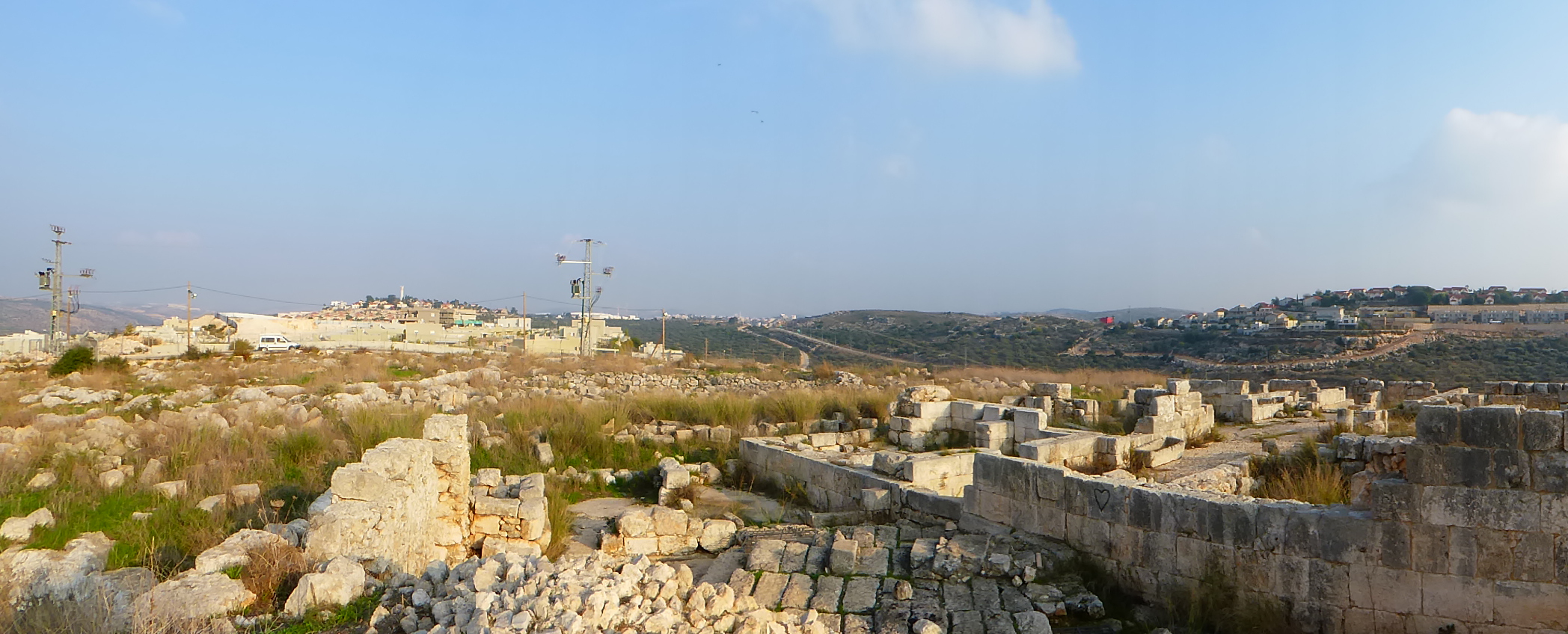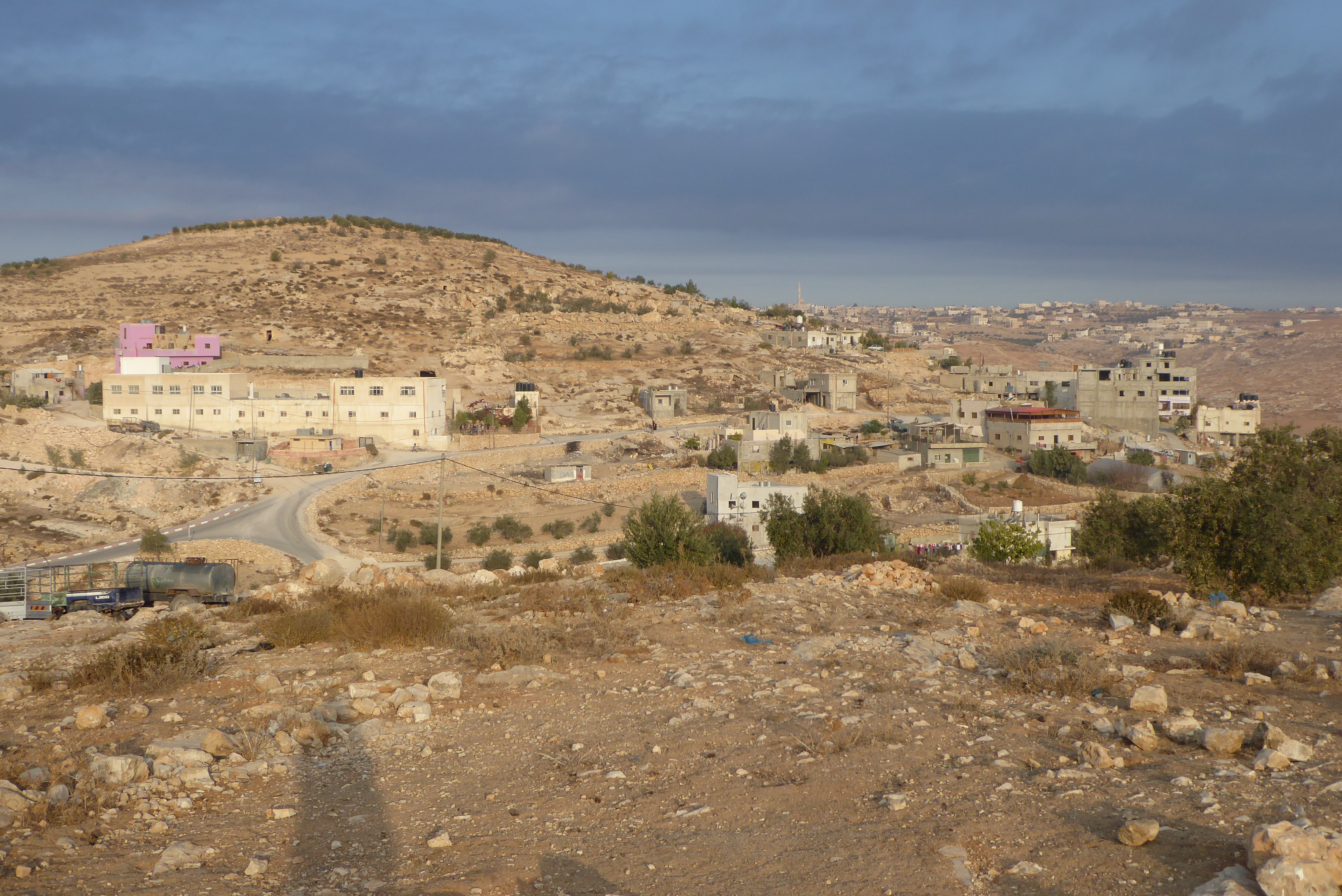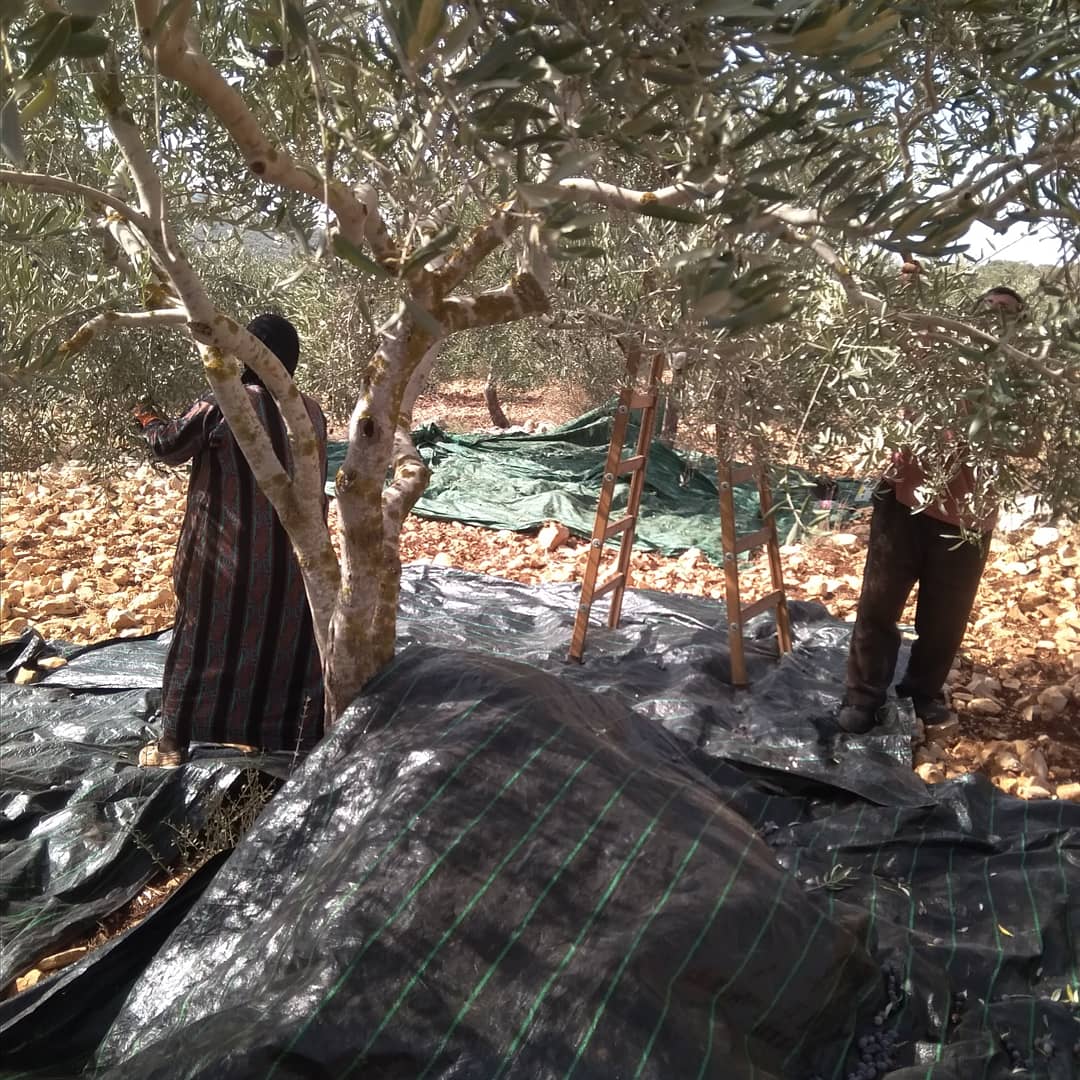Tag: Settlement
-
Insidious colonial strategy
7th December 2018 | International Solidarity Movement, Nablus Team | Deir Samaan, Salfit, occupied Palestine In the area of Salfit, harassment by settlers is a regular occurrence. They come to the villages, often late at night, to graffiti messages of hatred, and also vandalize cars and property. New settlements are being established frequently and are…
-
Welcome to At-Tuwani
It was 7am when we woke up after a night under the stars, in the village of At-Tuwani, surrounded by arid hills and olive groves. It’s the kind of place you’d want to sightsee, or drink tea with the locals, admire the work of weaving and embroidery by the women of the village. But few…
-
“They take everything,” explains Bruqin farmer during 2018 olive harvest
October 22, 2018 |International Solidarity Movement | Bruqin, Occupied Palestine ISM volunteers spent the day harvesting olives with farmers in Bruqin village, a day that began with Israeli soldiers confronting the farmer and his family and ordering them to leave their land no later than 5 p.m. Since the harvest workday typically concludes…



